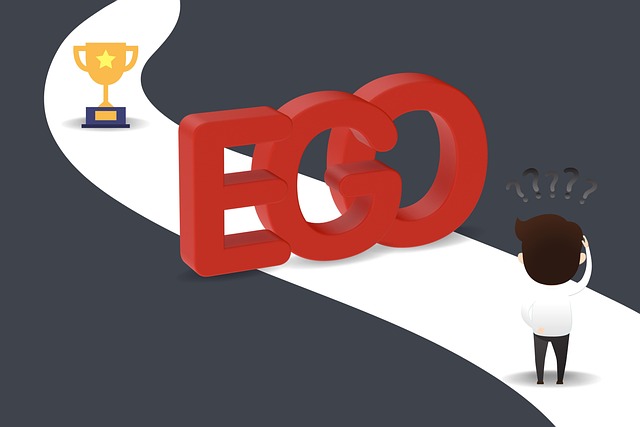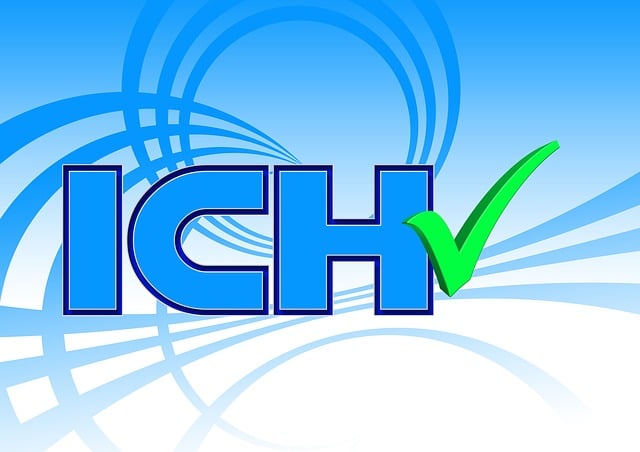Self-Exclusion Tools are digital solutions that help individuals regain control of their online behavior by setting boundaries, blocking access to specific platforms or content, and promoting self-discipline. Leveraging AI algorithms, these tools adaptively adjust restrictions based on usage trends, integrating with device settings for automatic enforcement. By limiting screen time, especially during sensitive periods like nighttime, Self-Exclusion Tools aim to enhance accountability, prevent digital distractions, and protect mental health, fostering a healthier balance between online interactions and real-life experiences.
Self-exclusion tools are innovative mechanisms designed to promote responsible gambling and mitigate problem gaming. This article delves into the world of self-exclusion, offering a comprehensive guide to understanding their role in the gambling industry. We explore the definition, purpose, and underlying technologies, providing insights into how these tools work. Additionally, we discuss the benefits and potential challenges, shedding light on their impact and importance in fostering healthier gaming habits.
- Understanding Self-Exclusion Tools: A Definition and Purpose
- How Self-Exclusion Tools Work: Mechanisms and Technologies
- The Impact of Self-Exclusion Tools: Benefits and Potential Challenges
Understanding Self-Exclusion Tools: A Definition and Purpose

Self-Exclusion Tools are designed mechanisms that allow individuals to take control of their online behavior and well-being by temporarily or permanently blocking access to specific digital platforms or content. In today’s digital era, where people spend a significant amount of time online, these tools have become essential for maintaining a healthy balance between screen time and real-life interactions. They empower users to set boundaries and protect themselves from potential negative impacts, such as excessive gaming, social media addiction, or access to harmful material.
The primary purpose of Self-Exclusion Tools is to promote self-discipline and awareness. By utilizing these tools, individuals can take proactive steps to avoid digital distractions and focus on other aspects of their lives. This could involve setting time limits for certain apps, temporarily pausing subscriptions, or blocking websites known to trigger excessive browsing. Such measures help foster a sense of accountability and ensure that online activities do not interfere with daily responsibilities, mental health, or personal relationships.
How Self-Exclusion Tools Work: Mechanisms and Technologies

Self-Exclusion Tools are designed to empower individuals to take control of their digital habits and well-being by limiting or blocking access to specific online platforms or content. These tools leverage a combination of mechanisms and technologies to achieve this. At their core, they often incorporate self-set restrictions where users define parameters for their usage, such as daily time limits or complete bans during certain periods. For instance, a user might choose to restrict social media apps from 10 PM to 7 AM, ensuring uninterrupted sleep.
The technological backbone of these tools includes AI algorithms that monitor and analyze user behavior, identifying patterns and triggers that contribute to excessive screen time or problematic online activities. These algorithms can adaptively adjust restrictions based on individual usage trends, making the experience more personalized and effective. Additionally, many self-exclusion tools integrate with device settings and app permissions, enabling automatic enforcement of set boundaries without requiring constant manual intervention from the user.
The Impact of Self-Exclusion Tools: Benefits and Potential Challenges

Self-exclusion tools have emerged as powerful resources in the digital realm, offering individuals greater control over their online interactions and well-being. These tools enable users to temporarily or permanently restrict access to certain websites, apps, or social media platforms, thereby curbing excessive usage and potential negative impacts on mental health. By implementing self-exclusion, individuals can create a healthier balance between online activities and other aspects of their lives.
While the benefits are substantial, there are also potential challenges associated with these tools. One concern is ensuring the effectiveness and accessibility of self-exclusion mechanisms, especially for younger users or those less tech-savvy. Additionally, striking a fine line between personal control and digital detachment can be tricky; some individuals might overuse self-exclusion, leading to avoidance behaviors that could hinder their ability to engage in healthy online interactions over time.
Self-exclusion tools, by leveraging advanced technologies, play a pivotal role in empowering individuals to take control of their digital well-being. By understanding how these mechanisms work and recognizing both their benefits and potential challenges, we can navigate an increasingly digital world with enhanced awareness and balance. Self-exclusion tools represent a powerful step towards promoting healthier interactions with technology, ensuring that digital experiences remain beneficial and sustainable.






